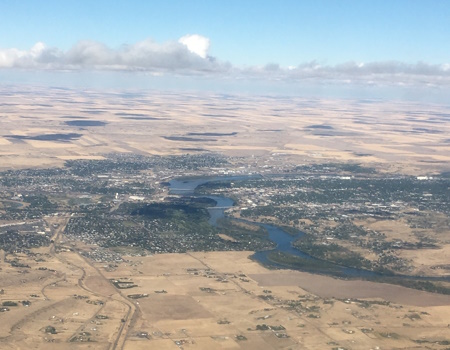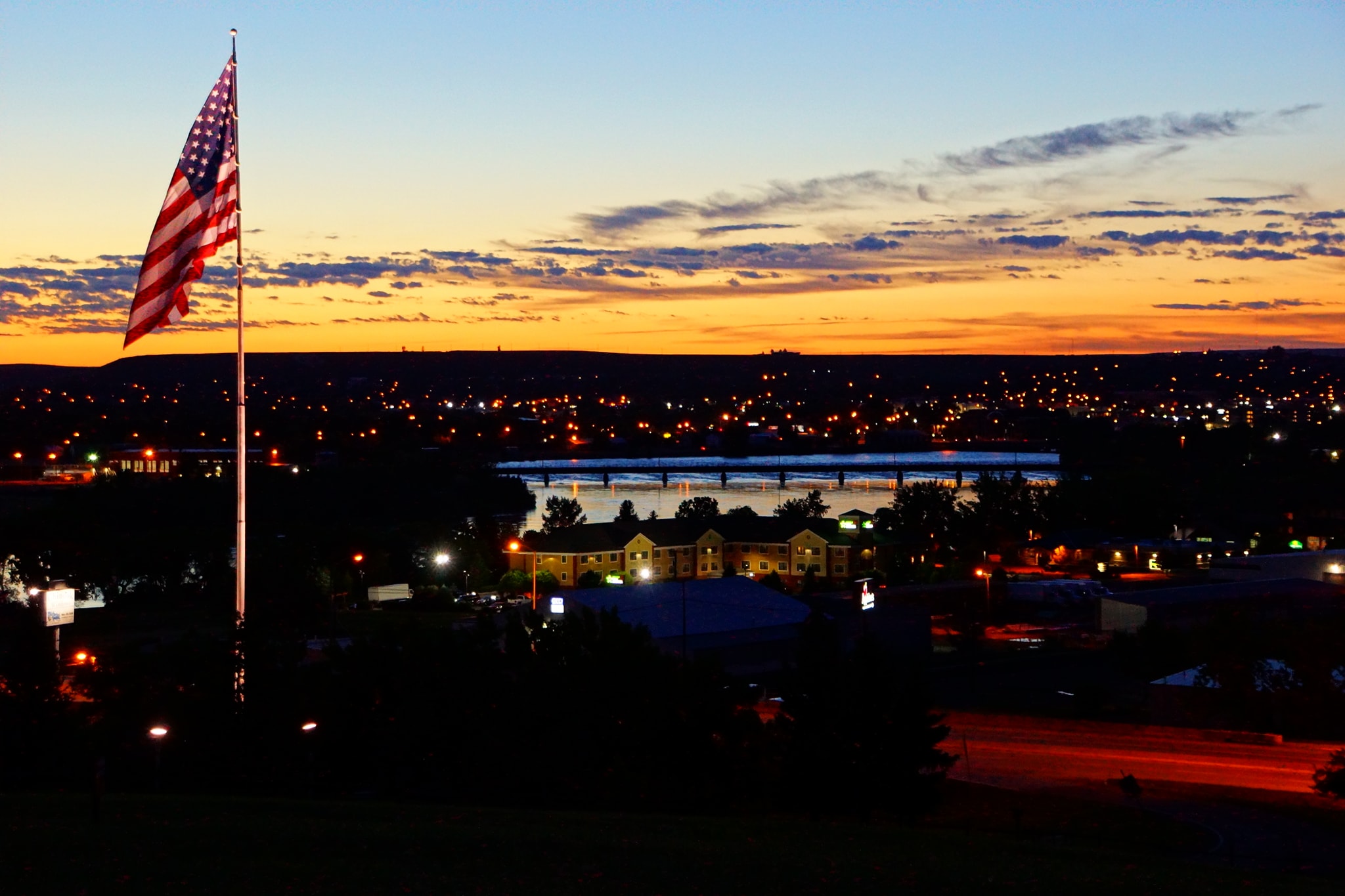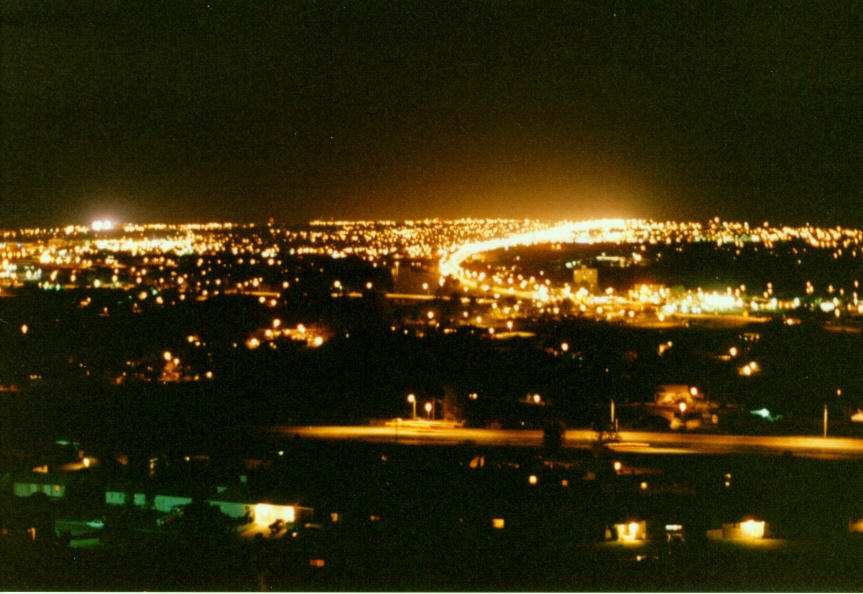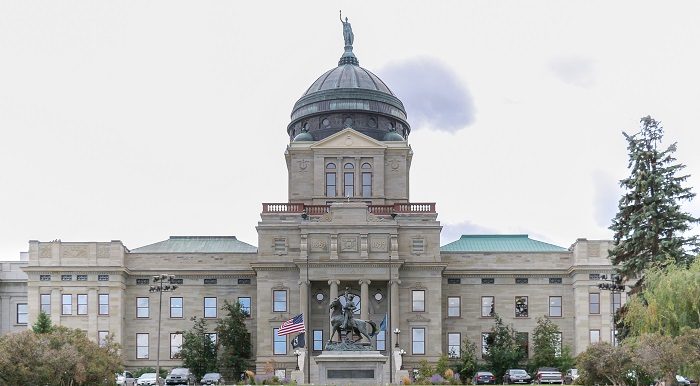What’s a 50 meter pool that is 25 meters short? If you answered, “very short-sighted”, you’d be correct, but that’s what you are going to get with the new Indoor recreation Center and Aquatics Facility.
Why is a 50M pool an important feature of an Indoor Aquatics Center?
According to a Cost Benefit Analysis (CBA) by the Economic Development Department of Las Cruces, New Mexico for a similar project, the ex ante study concluded that Swim Meets were the expected number one revenue generator for the facility. 10 swim meets per year would produce $126,000.
In addition, the economic impact of bringing in an estimated 7,500 out-of-county visitors would contribute $451,381 in sales to local businesses. The income to the local economy is “economic development”. The City’s decision to eliminate the 50M is extremely “short-sighted”.
In their latest presentation to the City Commission, the project’s architectural team said that the 25M pool/recreation facility would “cash Flow”. What does that mean? Every municipal project cash flows, it flows with tax revenues. Does it mean that operational costs do not exceed revenues generated? I think not.
The above CBA notes that “ there is not an instance in which the revenues of the new community pool exceed the operating costs of the pool. This implies that the recovery rate (based on revenues solely) will always be less that 100%. However, by adding the intangible benefits, it is possible for the benefits to exceed the costs.”
These “intangible benefits” largely are comprised of “community health benefits”, which are almost impossible to reconcile.
The City’s decision to abandon the concept of a 50M pool can now be added to the other miscues of the project’s planning, or lack thereof as evidenced by the following:
- Choosing two properties that had presented serious soils problems that would increase construction costs when they were told in advance.
- Made a property trade with the school district for 10 acres of swamp land that the city doesn’t need. Oh well we could use a park in that area anyway when the city already has 57 parks and Heren Park, (six acres) is only three blocks from the swamp. Say Goodbye to $150,000 of city resources.
- The third property chosen, North Kiwanis Park had issues too, the largest one being that MAFB didn’t like it because of access issues.
- The fourth property chosen is now Lions Park at the chagrin of a number of property owners citing traffic issues. Oh, and those will happen with swim teams coming in from outside of great Falls. The CBA, referenced above, estimates that with 10 swim meets per year, with 60 swimmers per team, it would mean 6,000 swimmers attending swim meets annually. The swimmers don’t come in VW’s, they come in busses. How’s that going to work at Lions Park?
- Their plan to cut down 14 mature trees on Lions Park.
- Concerns of a flawed architectural firm selection process by other local architects.
From all appearances, the undeveloped portion of Warden Park has much more going for it than Lions Park, but again the City has ignored that suggestion made in June of last year, just like they ignored the warnings about bad soils conditions on the first two chosen properties. The City will respond by saying that Warden Park is too far away from MAFB, but that’s what they said when I suggested Lions Park. Wrong again.
Again, the City put the cart before the horse by not asking property owners adjacent to Lions Park how they felt about the increased traffic resulting from the Indoor Recreation and Aquatics Facility, or how they felt about cutting down 14 mature trees.
I can say as a property owner in the neighborhood, having resided two blocks away from Lions Park beginning at its inception in 1952, that I have more knowledge of the park and its contribution to the neighborhood than anyone making these decisions.
I played on the Lions Park baseball field, skated on the ice rink and witnessed first hand the construction of the pavilion. The parking for this proposed facility will destroy an important asset for the larger neighborhood.
When I suggested Lions Park in early December, it was an attempt to test the flexibility of the base’s unfounded requirement that the new facility be immediately adjacent to the base. It is vastly more important that a new indoor recreation and aquatics facility be centrally located for all the city’s residents, and Warden Park is that location.
We would be wise to reexamine the whole site selection, consultant selection and programming process and do the right thing by the taxpayers of this community. Afterall, there’s $20.2M at stake.
If you feel the same, please contact our city commissioners and let your voices be heard via email – commission@greatfallsmt.net – or phone.















